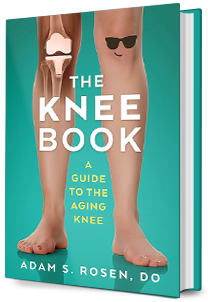Revision Hip Replacement
Hip Replacements occasionally need to be revised or redone. This may be due to fractures, infections, instability or wear.
When fractures occur around a hip replacement the implant may or not be stable. The fracture may require fixing the bone with plates, screws and/or cables. If the hip implant is loose or unstable it may need to be revised to a new stem.
If an infection occurs this may require one or more surgeries and a course of intravenous antibiotics.
Occasionally hips can dislocate. This can occur early or late after placement of the implant. Surgery may be required to address problems which could lead to repeat dislocations.
All hips wear out over time. If the bearing wears out it may cause pain or instability. Routine x-ray follow-up is necessary to track the wear of your hip. If it wears out it may need to be revised.
All hip revisions are big surgeries and in some ways are a way to salvage you hip. The surgery is usually longer than a routine hip replacement and the recovery may be longer. The risks of a hip revision are greater than a routine hip replacement and may include infection, blood clots, stiffness, bleeding and the need for transfusion, dislocation, leg length inequality, limp, injury to vessels or nerves, pain and the need for additional surgery.






